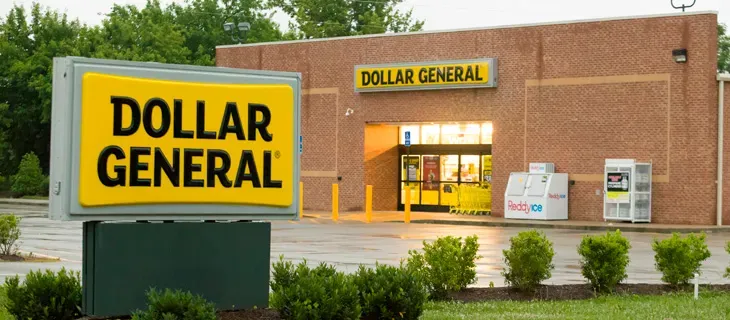BENTONVILLE, Ark. — Walmart was surprised by disappointing first quarter financial results as domestic sales were pressured by delayed tax refunds, higher payroll taxes, lower food inflation and bad weather.
Walmart was surprised by disappointing first quarter financial results as domestic sales were pressured by delayed tax refunds, higher payroll taxes, lower food inflation and bad weather.
Net sales at the retailer’s flagship Walmart U.S. division edged up 0.3% to $66.55 billion, but comparable-store sales decreased 1.4%, propelled by a 1.8% drop in customer traffic that more than offset a 0.4% uptick in the average transaction.
"Frankly, we had a more difficult quarter than expected when we announced our guidance in February," said president and chief executive officer Mike Duke in a prerecorded call. "It’s important to note that Walmart U.S. continued to gain market share across several key categories. Sales were pressured primarily by delayed tax refunds, which caused customers to put off discretionary purchases. And, though no one likes to talk about weather, it was a real factor across the United States."
During the call Walmart U.S. president and CEO Bill Simon noted that when management projected flat first quarter comp-store sales in February, executives expected to recover a "reasonable portion" of the tax refunds and that customers would resume historical spending patterns. That has not happened.
Lingering bad weather had a negative impact on such departments as apparel, outdoor living, sporting goods and air movement. In addition, food inflation was much lower than last year, while some areas, such as dry grocery, actually experienced deflation.
At Sam’s Club, meanwhile, net sales inched up 0.1% to $13.87 billion, as comparable-club sales grew just 0.2% excluding fuel. Customer traffic increased 1.3% during the quarter, but the average transaction decreased 1.1%. Sam’s Club president and CEO Rosalind Brewer noted that the decline in the average ring was driven mainly by business members, who remain under pressure.
"Small business optimism remains at historically low levels, as businesses adapt to higher payroll taxes and cautious consumers," she said.
In the face of these and other pressures, Walmart’s bottom line rose 1.1% to $3.78 billion, or $1.14 per diluted share, missing by one cent the average estimate among analysts surveyed by Thomson Reuters. Profit growth was constrained by higher International division expenses and costs related to Walmart’s corruption and bribery probe, which came in at $73 million, well above the predicted range of $40 million to $45 million.
The profit performance at both Walmart U.S. and Sam’s Club was solid, however, with operating income up 5.9% to $5.33 billion for Walmart U.S., while Sam’s Club posted a 7.4% rise in operating profit to $525 million including fuel. Excluding gas, operating results still improved 6.6% to $519 million.
Looking ahead to the current second quarter, which will end on July 26, comparable-store sales for Walmart U.S. are now projected to range between flat and a 2% increase. At Sam’s Club, comp-club sales are expected to grow between 1% and 3%, excluding fuel.
Simon said that comparable-store sales thus far in the second quarter were positive, and that the division was off to a good start.
Second quarter earnings are forecast to range from $1.22 to $1.27 per share, less than the $1.29 per share expected by analysts. Noting that Walmart is losing ground to competitors such as Costco Wholesale Corp. and Amazon.com, William Blair & Co. analyst Mark Miller reduced his full-year earnings estimate by 10 cents to $5.25 per share but maintained his “Market Perform” rating, noting that the weakening sales trend is making it more difficult for the company to achieve its expense leverage goals.





